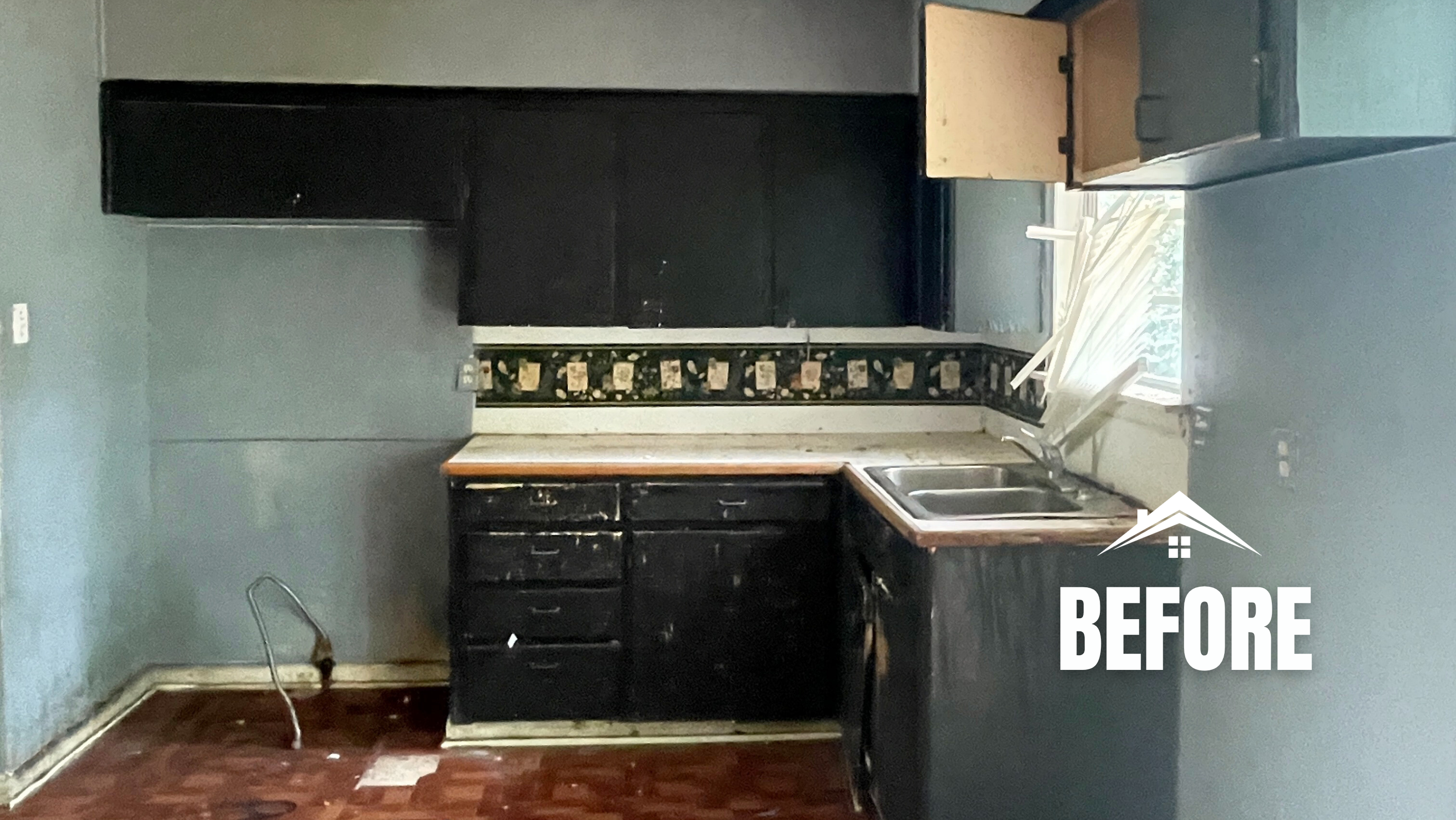-2.jpg?width=209&height=314&name=Blog%20Portrait%20(1)-2.jpg)
The American housing market just reached a staggering milestone: a total value of $55.1 trillion, representing a $20 trillion surge since early 2020. For context, that's more than the entire GDP of the United States.
But before you pop the champagne or panic about market bubbles, let's talk about what this means for single-family rental investors — and why the shifting geography of housing wealth might present your best opportunity yet.
The Headline Numbers Tell Only Part of the Story
According to Zillow's latest analysis, U.S. housing gained $862 billion in the past year alone. That sounds impressive until you realize it's a dramatic slowdown from the pandemic-era gains. More interesting for SFR investors? Seven states lost housing value, with Texas dropping $32 billion, Florida losing $109 billion, and California shedding $106 billion.
If you're invested in Texas markets, such as Houston, Dallas-Fort Worth, or San Antonio, that decline might seem concerning. But here's what the headlines won't tell you: this correction is exactly what long-term, buy-and-hold investors should want to see.
Why Texas's "Loss" Is Actually Good News
Texas has been building homes at a remarkable pace, adding more new construction value than almost any other state. In fact, 22% of Texas's housing gains since 2020 came from new construction. This aggressive building has finally begun to balance supply and demand, creating a more sustainable and affordable market for investors.
Think about it: would you rather invest in a market with unsustainable price spikes driven by speculation, or one where steady construction keeps prices reasonable while maintaining strong rental demand? The slight cooling in Texas home values doesn't reflect weak fundamentals — it reflects a market finding equilibrium.
And for SFR investors, equilibrium means predictability, stable cash flow, and stronger entry points for portfolio expansion.
The Northeast Renaissance: Opportunity or Trap?
While Texas cooled, New York gained $216 billion in housing value, accounting for one-quarter of the nation's overall growth. New Jersey added $101 billion, Illinois gained $89 billion, and Pennsylvania grew by $73 billion.
For passive investors, these gains present both opportunity and caution. The Northeast's revival suggests strong economic fundamentals and population stability. However, remember that high appreciation doesn't automatically translate to strong rental yields. These markets often come with higher property taxes, stricter regulations, and weather-related maintenance costs that can eat into your returns.
The key is finding markets with the right balance — steady appreciation that outpaces inflation, strong rental demand, and reasonable operating costs. That's why secondary markets in states like Alabama, Oklahoma, and Arkansas continue to offer compelling opportunities even without headline-grabbing appreciation numbers.
New Construction: The Hidden Wealth Creator
Here's something every investor should note: $2.5 trillion of the nation's housing gains came from new construction. That's 12.5% of total growth from properties that didn't exist five years ago. States like Utah, Idaho, and Florida saw 20%+ of their gains from new builds.
For turnkey investors, this presents an interesting opportunity through build-to-rent (BTR) communities. These purpose-built rental properties offer lower maintenance costs, modern amenities that residents desire, and standardized management processes that facilitate easier scaling. They're creating wealth that didn't exist before while meeting real demand from rental households.
What This Means for Your Portfolio
The redistribution of housing wealth from Sun Belt to Rust Belt isn't a crisis — it's a rotation. Savvy investors recognize that different markets excel at different times. While pandemic boomtowns cool off, providing better entry points and more inventory, traditionally overlooked markets are showing renewed strength.
Your strategy shouldn't change based on headlines about trillion-dollar gains or losses. Instead, focus on fundamentals:
- Cash flow still rules. A property that generates positive monthly returns in a "declining" Texas market beats a break-even property in a "hot" New York market every time.
- Stability over speculation. The markets seeing modest, consistent gains often provide better long-term returns than volatile headline-grabbers.
- Diversification across regions. With wealth rotating between markets, portfolios spread across multiple states are better positioned to capture gains while minimizing regional risks.
Read More: The Fundamentals of Rental Property ROI
The Bottom Line
Twenty trillion dollars in housing wealth creation is remarkable, but it's not evenly distributed — and that's actually good news for informed investors. The cooling in traditionally hot markets like Texas creates opportunities for portfolio expansion, while gains in overlooked markets validate the strategy of geographic diversification.
Remember: you're not investing in headlines or housing statistics. You're investing in specific properties, in specific neighborhoods, managed by specific teams. Macro trends matter, but micro decisions ultimately determine success. Focus on the fundamentals and let the trillion-dollar headlines take care of themselves.
Ready to find stable cash flow in any market cycle? Schedule a free consultation with an REI Nation advisor to discover which of our 11 markets aligns with your investment goals.










-1.jpg)

